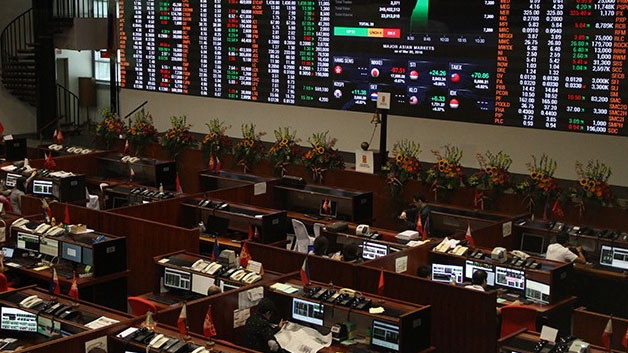The Capital Markets Efficiency Promotion Act promises to transform how Filipinos invest—but what does it actually mean for your wallet?
The Capital Markets Efficiency Promotion Act (CMEPA), which took effect on July 1, 2025, represents the most comprehensive capital markets tax reform in Philippine history. Beyond the legislative jargon lies a simple question: What does this mean for Filipino investors?

Less fees, more investment
The impact is immediate and measurable: ₱100,000 stock investment that previously carried a ₱600 Stock Transaction Tax now costs just ₱100—an 83% reduction. Documentary Stamp Tax on new share purchases drops from 1% to 0.75%. Interest income across all peso and dollar deposits now faces a uniform 20% tax, eliminating the complex rate structures that previously confused investors.
These reductions remove the friction that has historically made investing expensive for regular Filipinos. But CMEPA’s impact goes deeper than simple cost cuts.
Standardized and simplified
CMEPA eliminates the complex web of different tax rates that previously discouraged market participation. The law clarifies long-disputed definitions of “shares of stock,” “securities,” and “passive income,” removing gray areas that created compliance headaches.
This standardization matters most for small investors. Mutual fund shares and Unit Investment Trust Funds (UITFs)—typically the first investment vehicles ordinary Filipinos encounter—are now completely exempt from Documentary Stamp Tax on transactions. Since these funds offer professional management and diversification with low minimums, removing transaction costs makes them even more attractive entry points for new investors.

Retirement savings boost
CMEPA strengthens retirement savings through enhanced PERA incentives. Employers who match or exceed employee contributions to Personal Equity and Retirement Accounts can claim an additional 50% tax deduction on their contributions, up to ₱100,000. This creates powerful incentives for companies to boost employee retirement savings, directly benefiting workers who are typically small investors.
Transforming the markets
The Stock Transaction Tax reduction from 0.6% to 0.1% should significantly boost Philippine Stock Exchange trading activity, improving market liquidity. Higher liquidity benefits all investors through tighter bid-ask spreads and more efficient price discovery.
Previously, the Philippines had some of the region’s highest transaction taxes, making it less competitive versus other ASEAN markets. CMEPA’s reforms bring Philippine costs in line with regional standards, potentially attracting more foreign investment.
Despite cutting taxes, CMEPA is projected to generate over ₱25 billion in net government revenues from 2025 to 2030. Lower transaction costs should attract more investors and increase trading volumes, generating more total tax revenue despite lower rates.
This additional revenue feeds into the government’s “Build Better More” infrastructure program, meaning the same law making investing easier also helps fund economic growth.
Impact on investment strategies
CMEPA creates several opportunities for Filipino investors. Lower transaction costs make smaller, more frequent investments feasible, enabling better peso-cost averaging for long-term wealth building. The elimination of mutual fund transaction taxes makes diversified portfolios more affordable to build and maintain.
The enhanced PERA incentives make it worthwhile for employees to encourage employers to establish retirement savings programs. Meanwhile, the standardized 20% tax on interest income simplifies tax planning across different savings vehicles.
Early results
Financial institutions report increased investor inquiries since CMEPA’s passage, while Philippine Stock Exchange trading volumes show consistent growth. The Department of Finance, Securities and Exchange Commission, Bangko Sentral ng Pilipinas, and Bureau of Internal Revenue are coordinating implementation through detailed regulations.
What it all mean
CMEPA represents a fundamental shift toward making Philippine capital markets more accessible to ordinary Filipinos. By reducing costs, simplifying tax rules, and creating clearer incentives, the law addresses core barriers that historically kept regular investors on the sidelines.
The ultimate measure of success won’t be in government statistics, but in the investment portfolios of Filipino workers, overseas Filipino workers, and small business owners who now find capital markets more accessible and affordable. CMEPA has created the framework—now Filipino investors can take advantage of these opportunities to build their financial futures.





